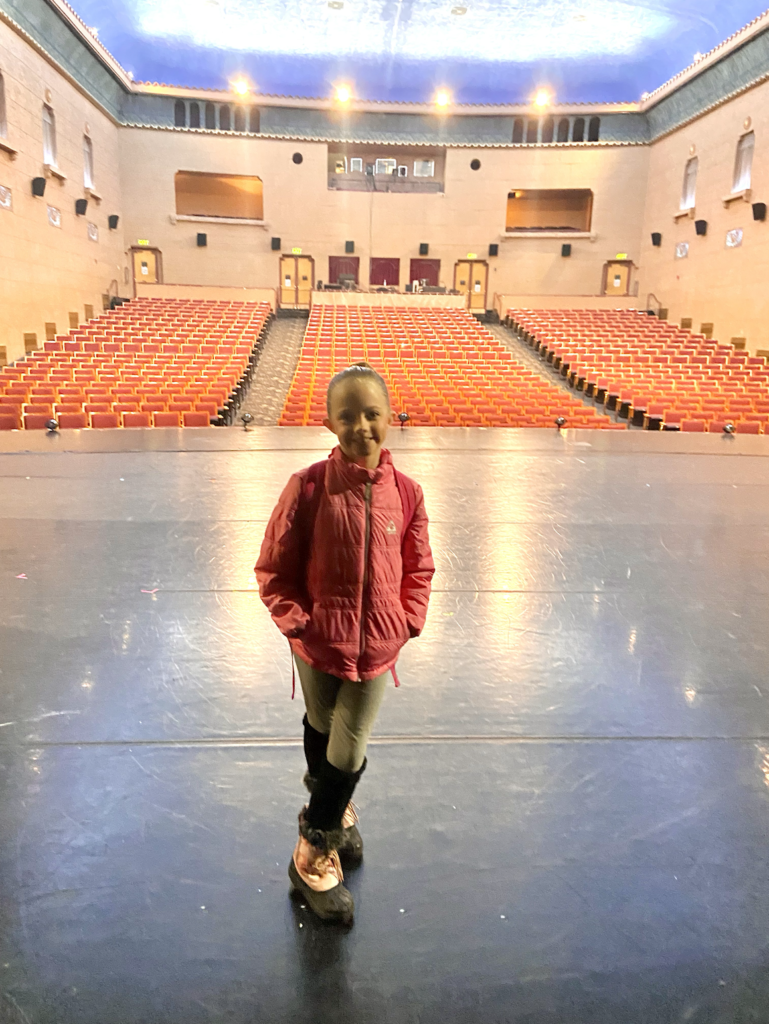Why Learn About Female Composers?

We have just concluded our Female Composers Challenge in honor of Women’s History Month. It has been a fantastic experience learning about and listening to the music of 31 female composers. These composers come from many countries and many centuries throughout history. Each day of the challenge we learned about a composer, listened to one of her pieces and also sight-read one piece of music by any female composer.
As we wrap up this challenge I wanted to share some thoughts.
I believe that female composers are a vital part of music history, despite the fact that they have for the most part been omitted from the history books. I also believe that it is important to hear works composed by many types of people. When we limit our music history education to dead white males, we are missing out on the life work of so many who have a lot to say. I love the famous works by Beethoven, Bach, Chopin, Debussy and so many others who we have grown up learning about. But add in Smyth, Mayer, Beach, Schumann, Hensel and Price and your understanding of music history is enriched and enlarged. These women were incredible. They had so much working against them, and yet they contributed so much amazing music.

So, why should we learn about female composers? Well, because they were there. They lived and worked and composed at the same time and often in the same circles as men.
Many of these composers even taught those famous men that we all know. Carreño was one of Edward MacDowell’s first piano teachers. Nadia Boulanger taught many extremely famous and successful composers, including Aaron Copland, Philip Glass and Leonard Bernstein.
Many female composers were very successful students of famous male composers. Liszt taught Menter and Backer-Grøndahl. Clementi taught Montgeroult. Tailleferre was taught by Debussy, Ravel and Satie. Haydn taught Marianna von Martines, and Faure taught the Boulanger sisters.
Other female composers were friends and associates with famous male composers. Chaminade knew Bizet and Berlioz, who convinced her parents to get her the best music education possible. Clara Schumann of course was in the same circle as her famous husband Robert and was very close with Brahms as well. Zara Levina worked with Kabalevsky in children’s music education in the USSR. Ethel Smyth was acquainted with Brahms, Grieg, Dvorak and Tchaikovsky, and Agathe Backer-Grøndahl knew Grieg. Maria Hester Park was friends with Haydn, and they used to correspond through letters and send each other their works. Marie Bigot was friends with Haydn and Beethoven, who gave her the manuscript of his Appassionata Sonata. We could go on and on. But these female composers, who were in many cases very well-known in their lifetime, lived and worked and were well-acquainted with their male contemporaries.
We need to know these women because they made important contributions. They were trailblazers in their day, breaking out of genres traditionally reserved for women and writing beautiful and important works. Many of them, such as Hélène de Montgeroult, Louise Farrenc, Zara Levina and Nadia Boulanger made big contributions to piano pedagogy and music education. Many of them paved the way for other female composers.
It is important to know these women and to share them with our students, because all young musicians need role models. Of course girls can compose – but if they are not taught about any composers who look like them, it will be harder for them to realize that they can do it. I loved learning about these women and finding similarities in their lives with my life. I felt inspired when I learned about Florence Price supporting her daughters as a piano teacher and musician; I loved that Alice Mary Smith wrote some of her best work after becoming a mother. As we learn about these women and find something to relate to, their work helps to inspire us and our students.
Continue reading: Changing the Narrative





















